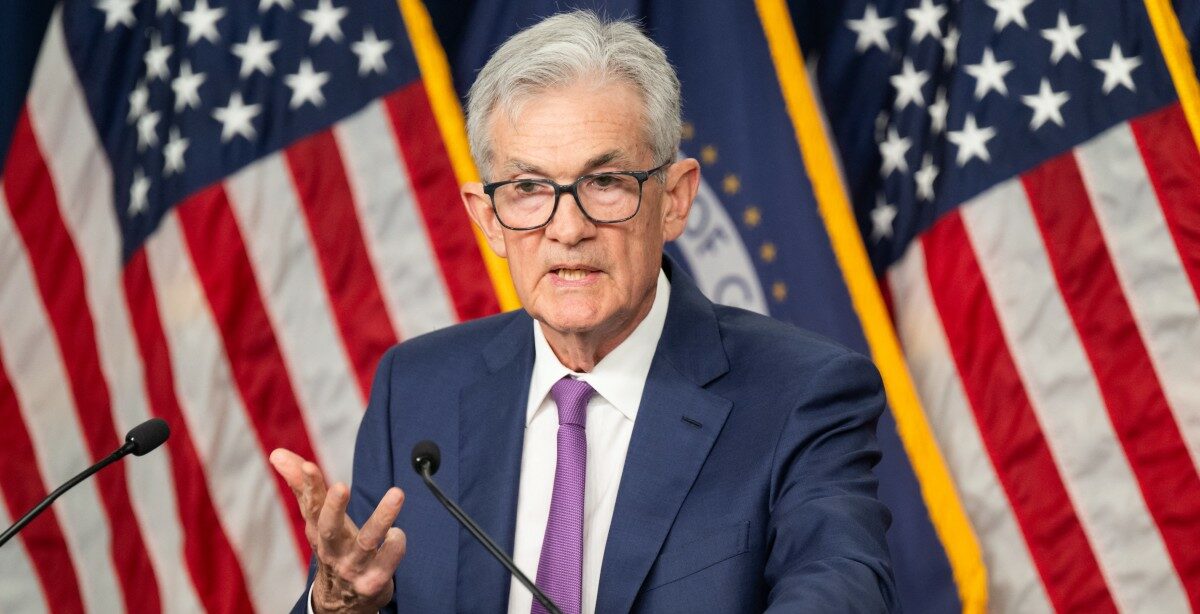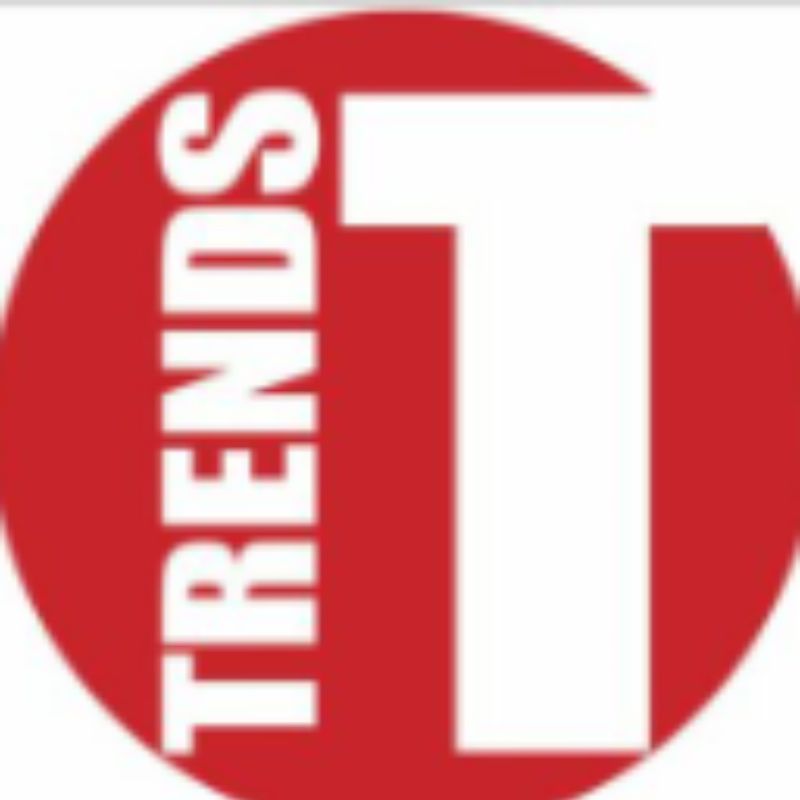Federal Reserve official Neel Kashkari has reiterated the Fed’s wait-and-see approach about possible rate cuts. In a recent interview on CNBC, Kashkari, who serves as the president of the Federal Reserve Bank of Minneapolis, said the Fed has an ace up its sleeve—a strong job market—as it holds off on making any rushed decisions about interest rates.
“Right now, we’re in a good position because the labor market remains strong in the U.S.,” Kashkari told CNBC, as reported by Fortune. “So, we have the luxury of being able to sit here until we gain confidence on where inflation is headed.”
The unemployment rate in the U.S. was 3.9%, according to Labor Department data from April. With the job market healthy and not sending droves of Americans to the unemployment lines, the Fed appears able to afford to wait to properly assess what to do about stubborn inflation.
“Most people thought that we’d be in a recession toward the end of last year—that didn’t happen,” Kashkari said. “Instead we have very strong growth. U.S. consumers have remained remarkably resilient. The housing market has remained resilient. I’m not seeing the need to hurry and do rate cuts. I think we should take our time and get it right.”
In early 2024, Wall Street forecasted four or five rate cuts. But since January, the monthly inflation reports showed stubbornly high prices, so now the consensus is that the first rate cut won’t arrive before September, but Kashkari has even left the door open to a rate increase this year.
“I don’t think we should rule anything out at this point,” he said.
Minutes from a recent Fed meeting spanning from late April to May 1st show several other Fed officials were also open to the possibility of interest rate increases given that the current rate cut freeze, or quantitative tightening, hasn’t led to a cut back on spending, as the job market remained healthy.
This has kept inflation around 3.5%, still above the Fed’s 2% target, a level many remain skeptical about the FED’s ability to reach, with some, including Goldman Sachs, floating the idea that a 2.5-3% level is more apt for today’s new normal economy.
The next Fed meeting will begin on June 11 and conclude with a policy statement on June 12.








